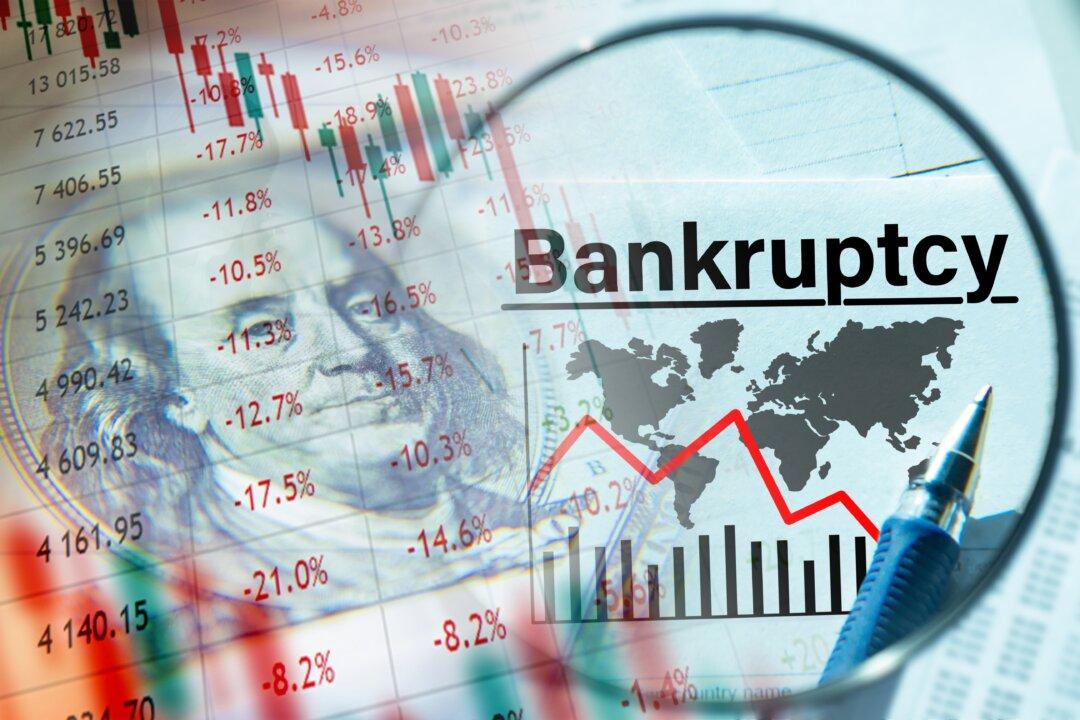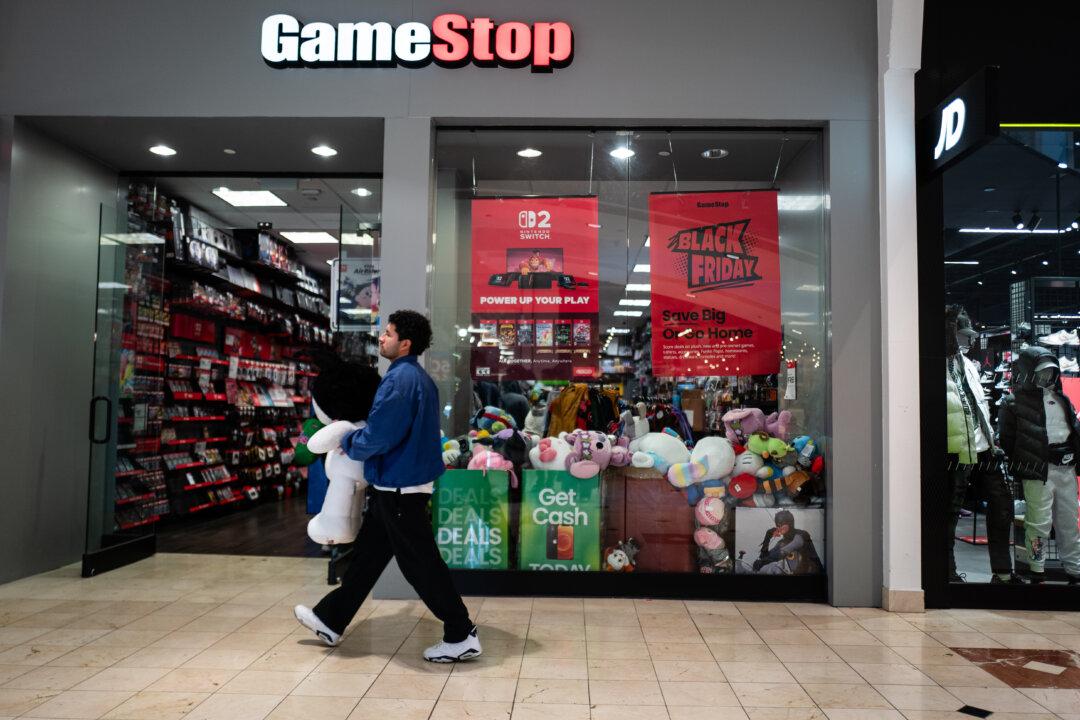U.S. corporate bankruptcy filings have soared to a 14-year high as U.S. businesses continue to face pressure from tighter credit conditions and softer consumer demand.
A report released on Jan. 7 by S&P Global Market Intelligence indicates that at least 694 U.S. companies filed for bankruptcy in 2024, the highest single-year tally since 2010, in the aftermath of the financial crisis of 2008–2009. The number of bankruptcies even exceeded the previous post-financial crisis high of 639, logged in 2020, a year that was gripped by the COVID-19-related recession.





